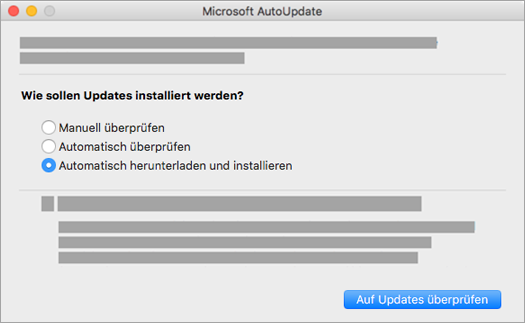

In the right side, double-click the policy “ Do not allow delivery of Microsoft (Chromium-based) through Automatic Updates” to edit it. Next, open Local Group Policy Editor and browse to the following location, you can find the new policy named “ Microsoft Edge (Chromium-based) Blockers“.Ĭomputer Configuration -> Administrative Templates -> Windows Components -> Windows Update.You need to copy the EdgeChromium_Blocker.adml file to C:\Windows\PolicyDefinitions and the EdgeChromium_Blocker.admx file to C:\Windows\PolicyDefinitions\en-us. The extracted files contain a Group Policy Administrative Template (.ADMX and.Run the executable file and extract to any folder on your system. Before getting started, download the Blocker Toolkit from Microsoft.Microsoft has released the Microsoft Edge Blocker Toolkit, which can import the new Group Policy settings to prevent the new Microsoft Edge browser from installing through Windows Update. Method 2: Block Microsoft Edge Chromium Update via Group Policy
Microsoft autoupdate password install#
Now, Windows Update shouldn’t download and install the Chromium-based Microsoft Edge automatically on your computer.Name the DWORD DoNotUpdateToEdgeWithChromium and change its value data to 1.On the right side, right-click the blank area and choose New -> DWORD (32-bit) Value. Select the newly created key EdgeUpdate.Right-click on the Microsoft key in the left pane and create a subkey named EdgeUpdate. Open Registry Editor and navigate to HKEY_LOCAL_MACHINE\SOFTWARE\Microsoft.Method 1: Block Microsoft Edge Chromium Update via Registry Tweak Here are 2 simple methods to prevent Windows 10 Update from automatically installing Microsoft Edge Chromium. If you’re comfortable using the classic version or you don’t like Microsoft Edge Chromium, you can disable automatic delivery. Locate the folder named something like MAU or MAU2.0 and open that directory 3. The classic Edge browser will soon be replaced by the newest Chromium-based Edge via Windows Update. From the Finder of MacOS, pull down the Go menu and choose Go To Folder (or hit Command+Shift+G) and enter the following path: /Library/Application Support/Microsoft/ 2.


 0 kommentar(er)
0 kommentar(er)
